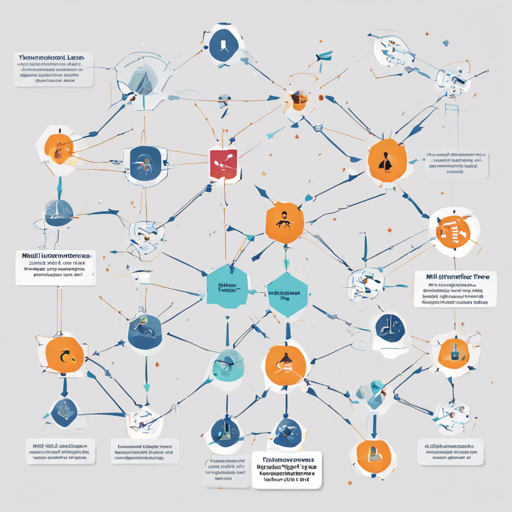Welcome to your essential guide for utilizing the Multi-Model RVC Inference the easy way! In this article, we’ll break down the setup and usage of this powerful tool, which facilitates voice conversion through models hosted on platforms like HuggingFace or Google Colab. Let’s dive into the features, installation steps, and troubleshooting tips!
What is Multi-Model RVC?
The Multi-Model RVC Inference is designed to make voice conversion effortless, supporting various models, and integrating with essential tools like YouTube Audio Downloader and TTS support. It acts like a magic wand that changes your voice, offering both user-friendly commands and advanced capabilities.
Key Features
- Support for V1 and V2 Models
- YouTube Audio Downloader
- Demucs for voice splitting
- Text-to-Speech (TTS) Support
- Microphone Support
- HuggingFace Spaces Inference (CPU Tier only)
Automatic Installation Steps
Setting up Multi-Model RVC Inference is straightforward, but make sure to install ffmpeg first.
For Windows
- Run
start.batto download the model and dependencies. - Then, run
run.batto start the inference.
For MacOS/Linux
- Before running the script, install wget.
- Run
start.shto download the model and dependencies. - Then, run
run.shto start the inference.
Manual Installation Steps
If you prefer a manual installation, follow these steps:
- Install PyTorch:
- For CPU only (any OS):
- For Nvidia (CUDA used):
- For Other (Linux, etc):
- Install ffmpeg.
- Install dependencies:
- Download the required models and save them in respective assets:
- Hubert Model: Download Link
- RVMPE (Optional): Download Link
- Run the WebUI:
pip install torch torchvision torchaudiopip install torch==2.1.0 torchvision==0.16.0 torchaudio==2.1.0 --index-url https://download.pytorch.org/whl/cu121pip install torch torchvision torchaudio --index-url https://download.pytorch.org/whl/cu121pip install -r requirements.txtpython app.pyHow to Use
After following the installation instructions, you can start using the Multi-Model RVC Inference. The commands are intuitive and well-documented in the repository. Refer to the documentation provided in [HOW_TO_USE.md](docs/HOW_TO_USE.md) for detailed instructions.
Troubleshooting Tips
If you encounter any difficulties during setup or execution, consider the following troubleshooting steps:
- Ensure you have installed all dependencies correctly.
- Verify your PyTorch version aligns with system specifications.
- Check for the presence of ffmpeg as this is crucial for audio processing.
- If using a GPU but encountering issues, consider switching to CPU for testing.
For more insights, updates, or to collaborate on AI development projects, stay connected with fxis.ai.
Conclusion
Much like a skilled chef who knows how to combine various ingredients to create a delectable dish, Multi-Model RVC Inference allows programmers and enthusiasts to blend different models for innovative results. Whether you’re downloading audio from YouTube or utilizing TTS, the possibilities are endless! Trust the process, and remember that even the best chefs face challenges. Don’t hesitate to reach out for help!
At fxis.ai, we believe that such advancements are crucial for the future of AI, as they enable more comprehensive and effective solutions. Our team is continually exploring new methodologies to push the envelope in artificial intelligence, ensuring that our clients benefit from the latest technological innovations.

